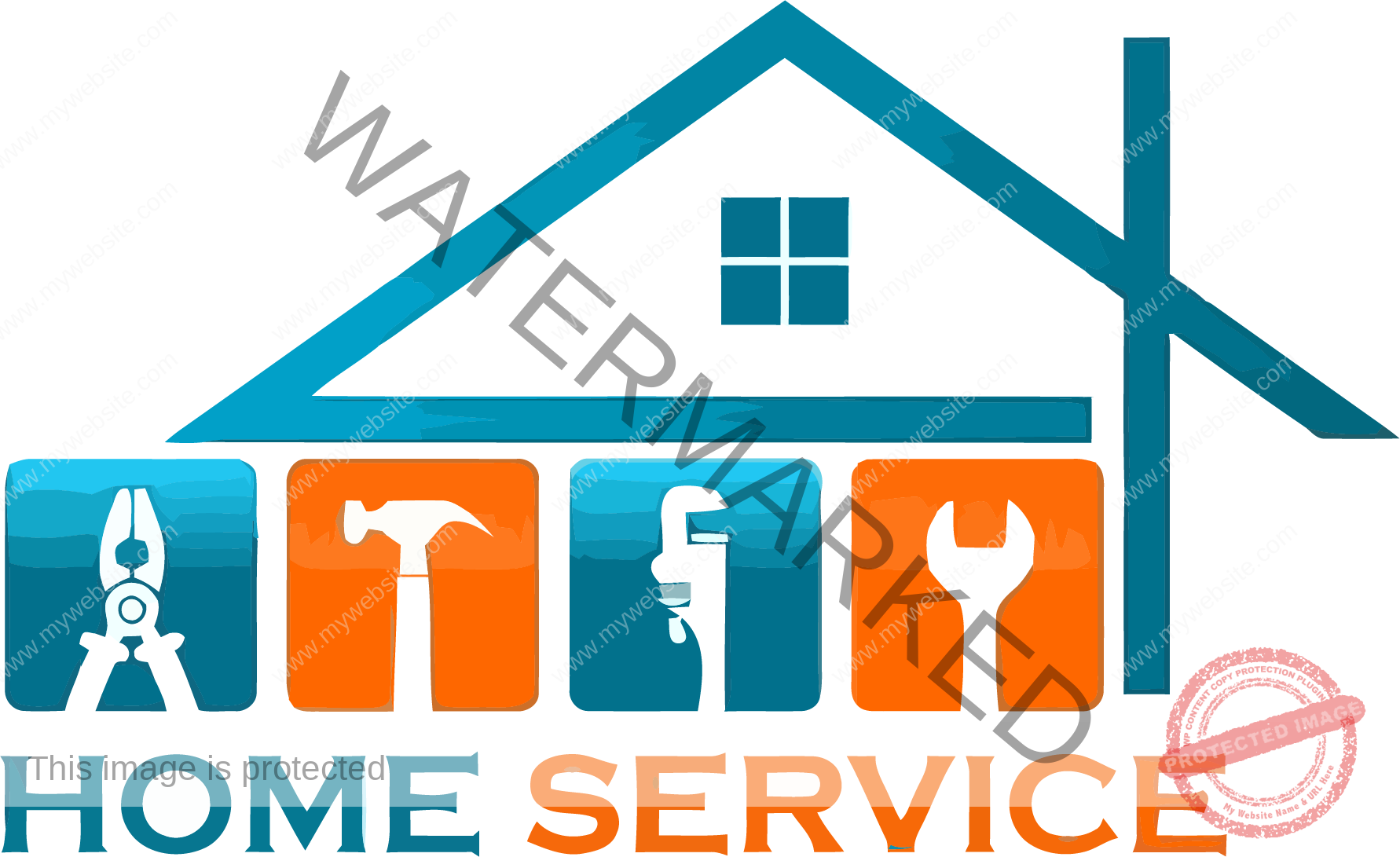
Walking into a home is all about the first impression. The lobby of a home sets the ambiance for the entire living space as it is the first place visitors see. A well-designed lobby serves as both a statement piece to wow guests with art or other decor and a functional area to drop off shoes and coats. A lobby also naturally guides visitors to the rest of the home.
Historically, fancy 2-story lobbys have been the epitome of luxury, whether it’s in Thomas Jefferson’s Monticello in Virginia or the mansions with high ceilings and winding staircases featured in television shows and movies. however, latest data The Census Bureau’s Survey of Construction (SOC) and tabulated by the National Association of Home Builders (NAHB) shows that the market share of the 2-story lobby has been trending downward over the past 7 years. Additionally, NAHB reports, What home buyers really wantfound that 2-story entry lobby were one of the least desired feature rooms of survey respondents, with 32 percent disapproving of a potential home having this feature and only 13 percent seeing it as an essential feature.
We talked to several experts about the main reasons why two-story foyers are dying out and what you can do to make the best of the one you have. Keep reading to know what he said.
The 2-story lobby is inefficient.
According to NAHB research, the main reason residents and builders are now turning away from 2-storey lobby is because they are not energy efficient. “Two-story lobby wastes energy because they create air imbalance,” explains owner Tony Hoang. what room is it In San Jose, California. “Heat naturally rises, causing the lower and upper levels to become cooler, causing the HVAC system to work overtime to balance the temperature.”
Large lobby windows also play a role in the efficiency level of the space. “Some 2-story lobby rooms have exterior windows above their doors,” says interior designer and owner Karen DeZendolet. KDZ Designs, LLCIn Massachusetts. “Although there have been many improvements in window technology, there is still heat coming through the windows during the summer and some heat loss during the colder months,” she says.

2-story lobby wastes space.
Changing priorities are another big reason why the 2-story lobby is being phased out. Now the focus is on more homeowners maximizing free space In their homes that provide function and value to their daily lives. “Square footage is at a premium, and many homeowners find these grand entryways wasted space that could be converted into functional living areas,” says Hoang. He says today’s buyers prefer comfortable, intimate spaces that serve a purpose rather than looking impressive.
New Jersey Compass Realtor suzy minken Links this shift to post-pandemic priorities. “With the rise in work-from-home trends post-pandemic, many home buyers have changed their priorities in what they are looking for in a new home,” she says. Minken says, “Not only are buyers looking for homes that offer one or two areas in the home that can be used as a home office, but they are also looking for more gathering spaces for entertaining at home. Also interested.”
Some buyers are also looking for a first-floor bedroom for family and overnight guests. Therefore, the design of new homes is being changed to reflect the new lifestyle preferences of today’s buyers. “By eliminating the 2-story lobby, builders are able to increase the home’s usable square footage by adding, for example, an upstairs lounge area for the family or a home office,” says Minken.

2-story lobby increases construction costs.
The cost of adding a 2-storey entry door is also a big factor that more people are paying attention to. “Incorporating a 2-story lobby into the home may have additional structural requirements, and given the higher cost of construction and materials, a smaller entry is likely to be more cost-effective,” says DeZendolet. She also points out that the overall cost of new homes (and rising mortgage rates) is leading to new home buyers preferring smaller homes, where a 2-story lobby doesn’t make sense stylistically or financially.
2-story lobby is too formal for some people.
“Buyers today are more concerned about ease and comfort And less about formality in the home’s design aesthetic,” says Minken. Fewer people are looking for a dramatic entrance with a grand staircase that offers a 2-story lobby, like those in larger Colonial-style homes.
Minken has recently shown clients both new construction properties and older homes. “My clients expressed that older homes were beautifully decorated with updated kitchens and bathrooms, but the overall footprint was too tight, and they couldn’t breathe in the space.” New construction that prioritizes use of space over drama old fashioned house Minken says it’s more in line with what many buyers are looking for today.

Maintenance of 2-storey entry doors is difficult.
DeZendolet also warns that a 2-story lobby requires a lot of time and effort to clean and maintain. She says, “If there are tall windows, chandeliers and/or shelving, these design components may require special attention and the use of a ladder to reach them, and more maintenance than a single-story lobby.” may be required.”
Improve your existing 2-story lobby.
If you already have a 2-story lobby, you can find some ways to improve efficiency and make the best use of your space. One trick, Hoang says, is to install insulated wall panels or soundproof curtains that can double as thermal barriers. He adds, “Adding strategically placed mezzanine floors or floating shelves to block off part of the height is a great way to reduce thermal drift while adding additional storage or decorative appeal.” is setting up High quality, smart thermostat Zoning capabilities can also help control the temperature in this space.
Dezendolet recommends the following additional tips:
- choose most energy-efficient windows And doors you can find.
- Install motorized window treatments that can be managed remotely and provide added efficiency to aid in heating and cooling.
- Install ceiling fans to improve heating and cooling efficiency (change fan settings depending on the season).
- Install radiant heating in the floor instead of using forced hot air or other less efficient heating systems.
- Add doors to rooms outside the lobby, if they don’t already exist.
- If the rooms match the style of the house, hang curtains to close them off.
- Use LED light bulbs on all fixtures and put all lights in the lobby on dimmers.
- Create a vestibule so you can block off the area closest to the front door. This only works if the ceiling is low when you go in and then reach the second floor. Also, add a door before entering the lobby.
“As far as remodeling or closing the two-story lobby, that would require some significant structural changes and most likely changes to other areas of the house. An architect has to evaluate this kind of change,” says Dzendolet.



